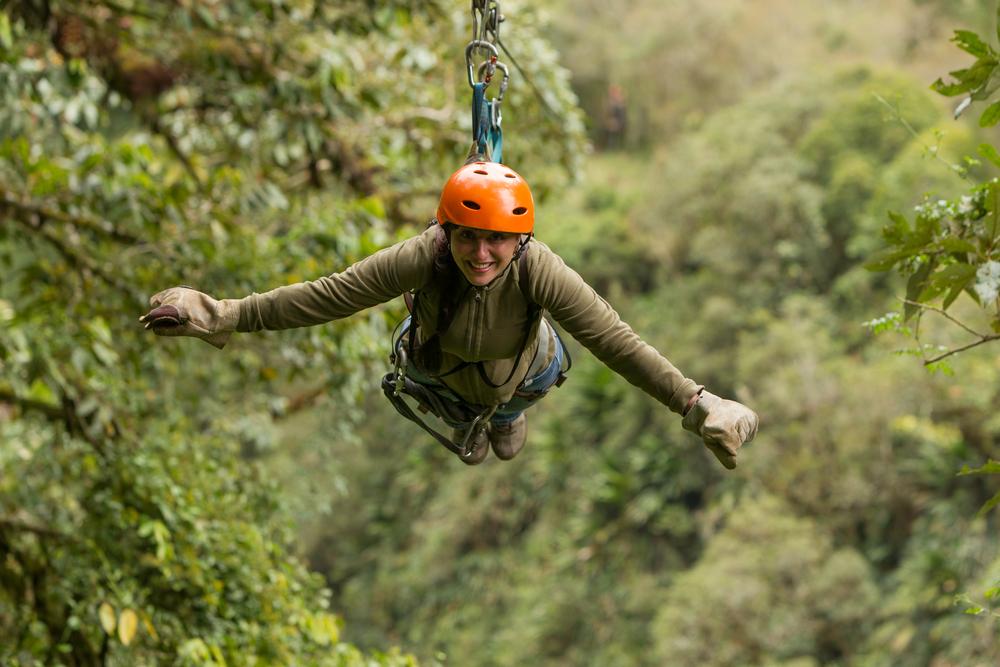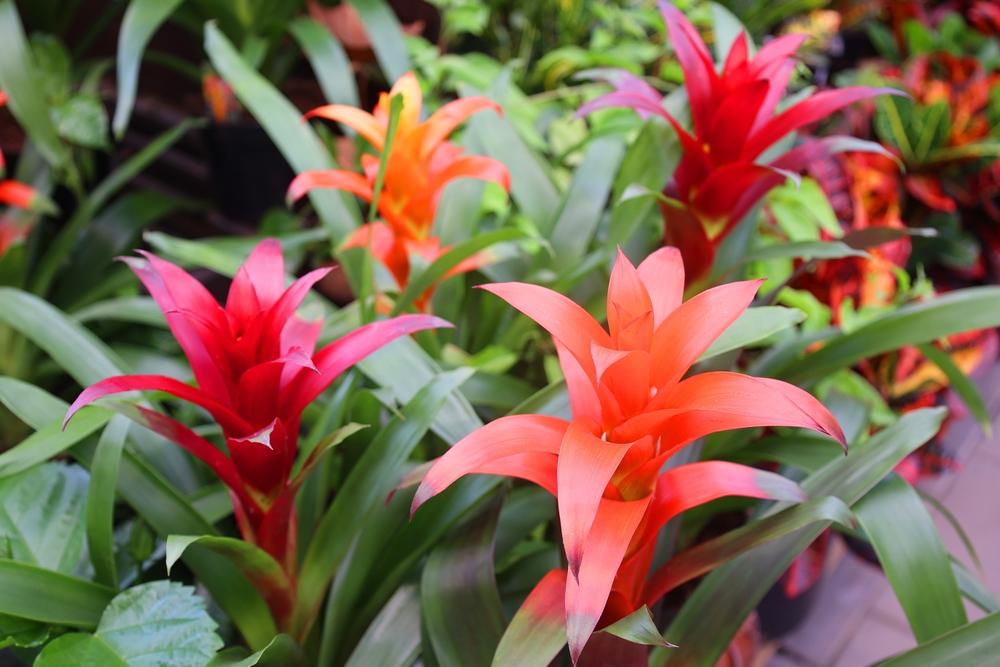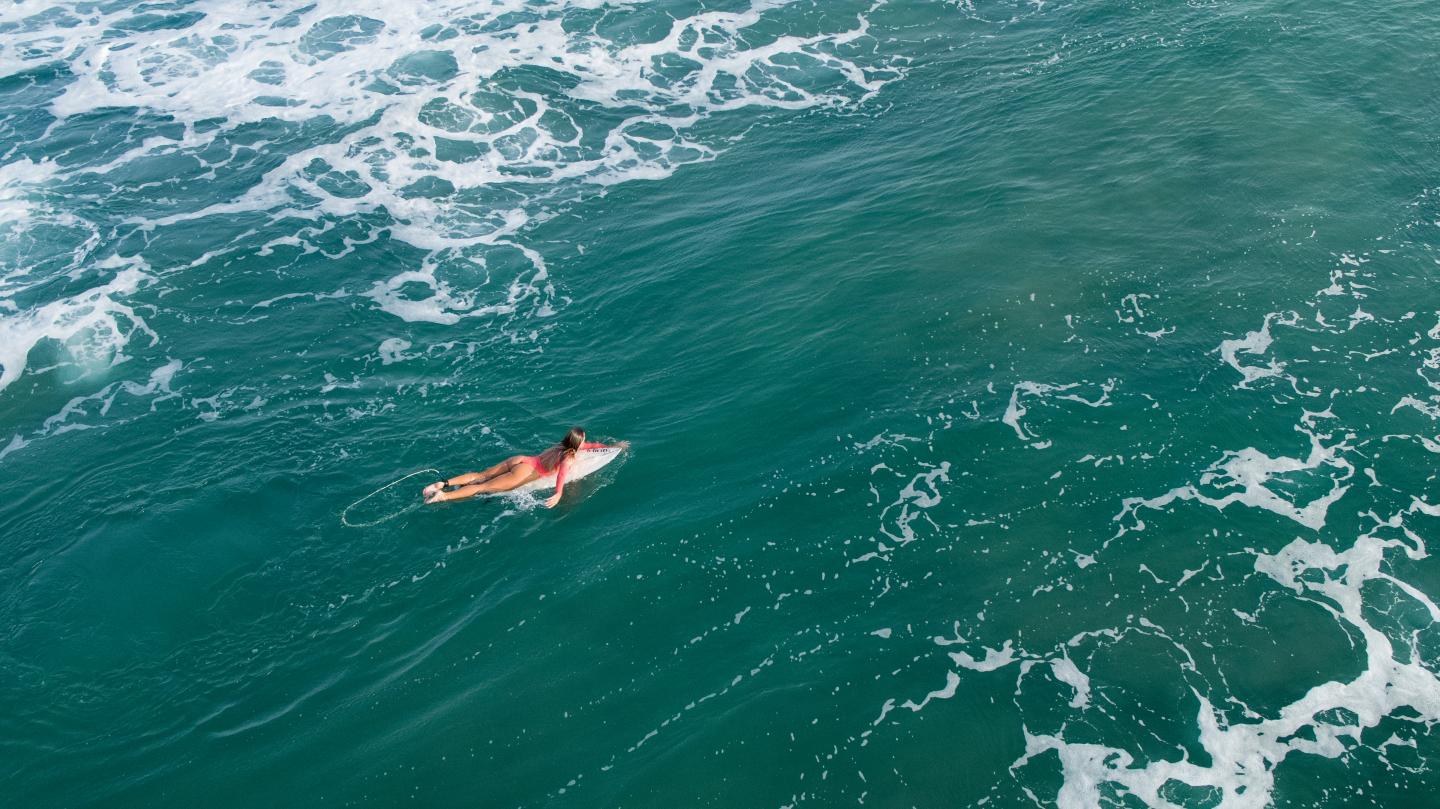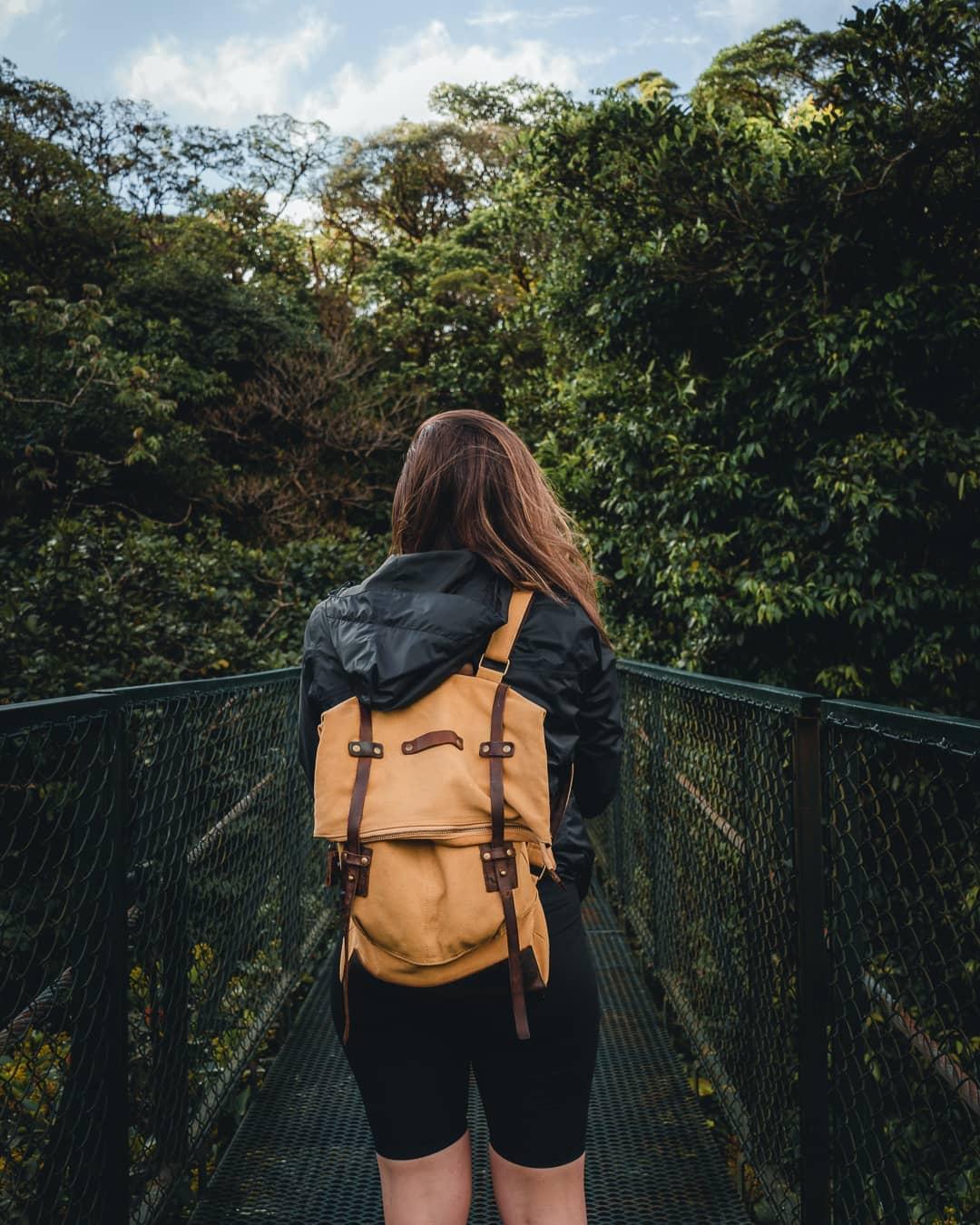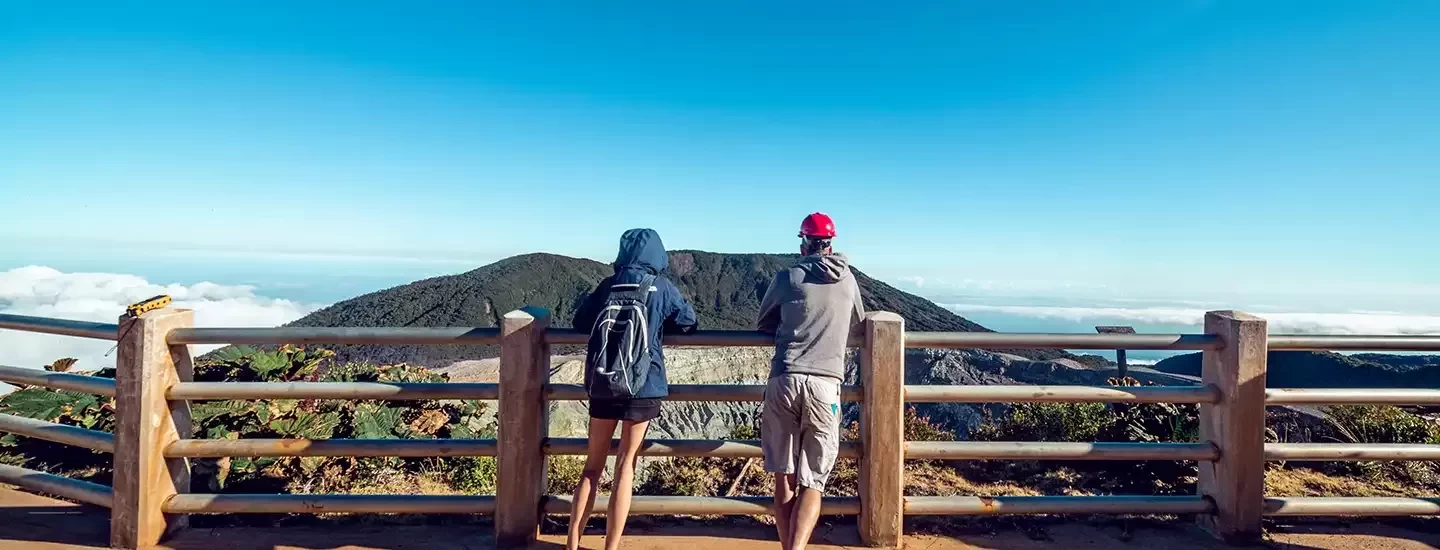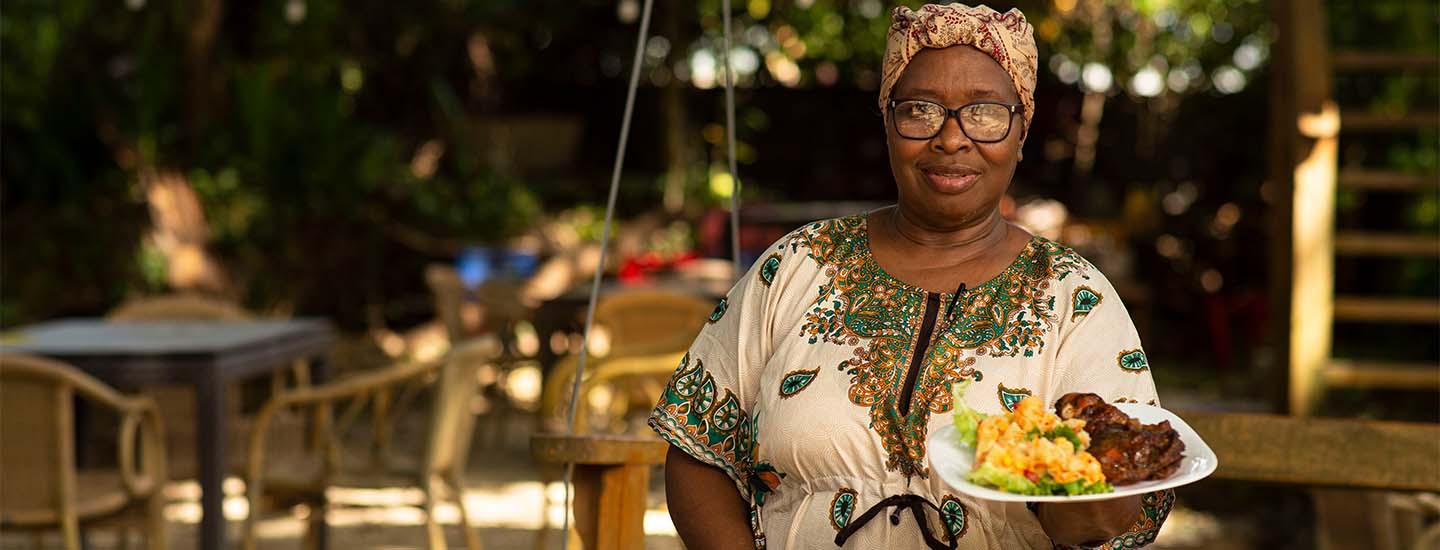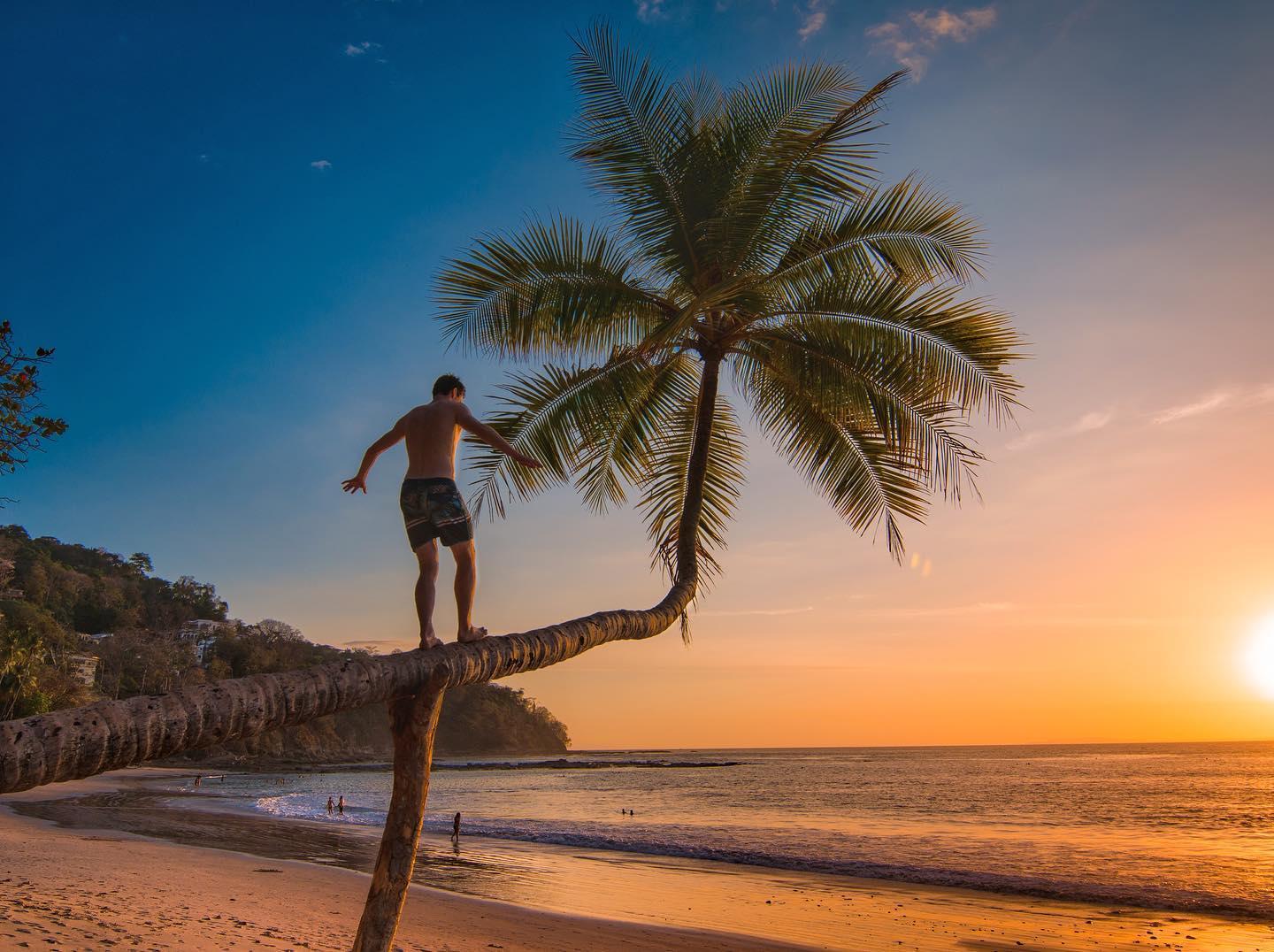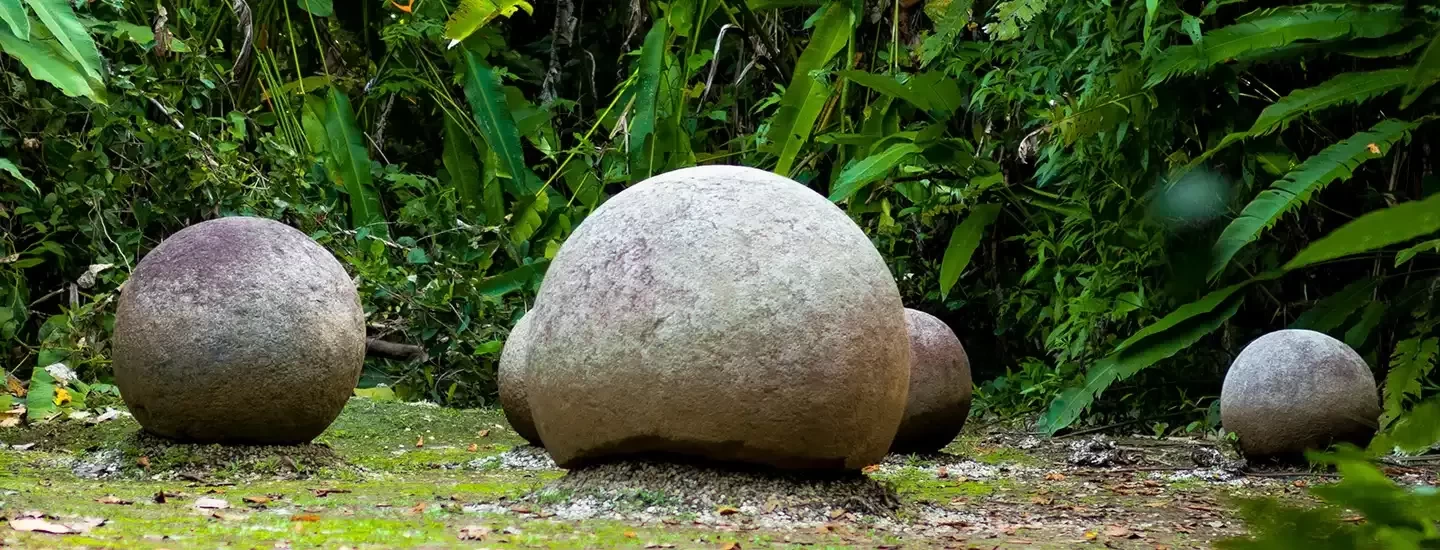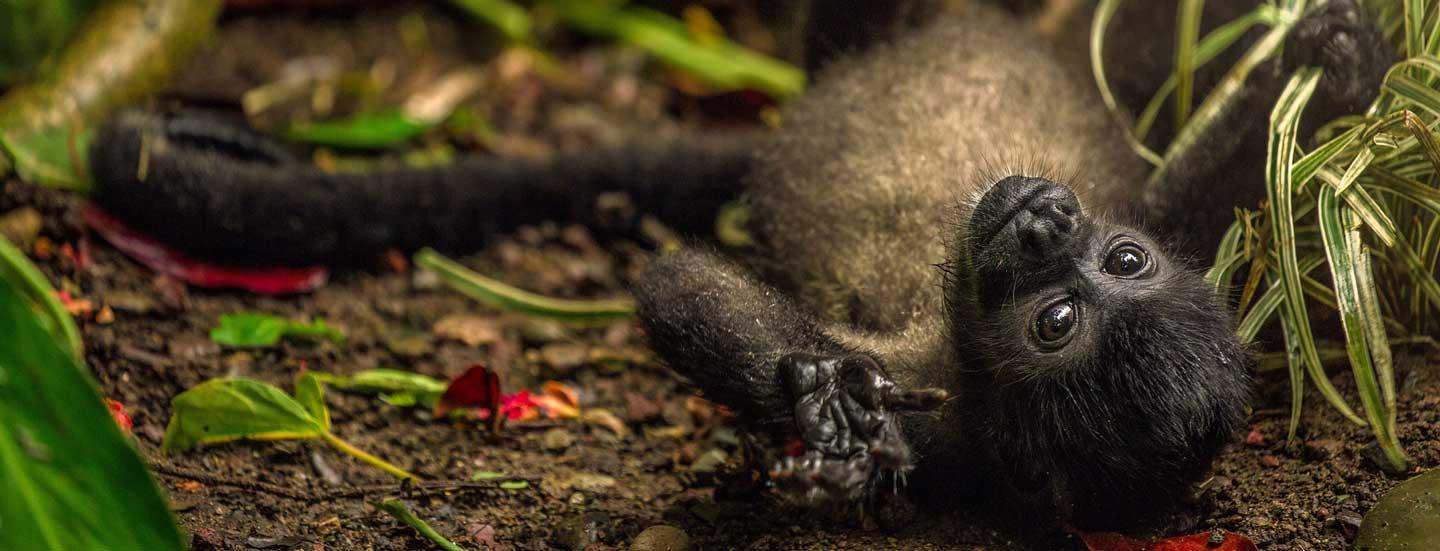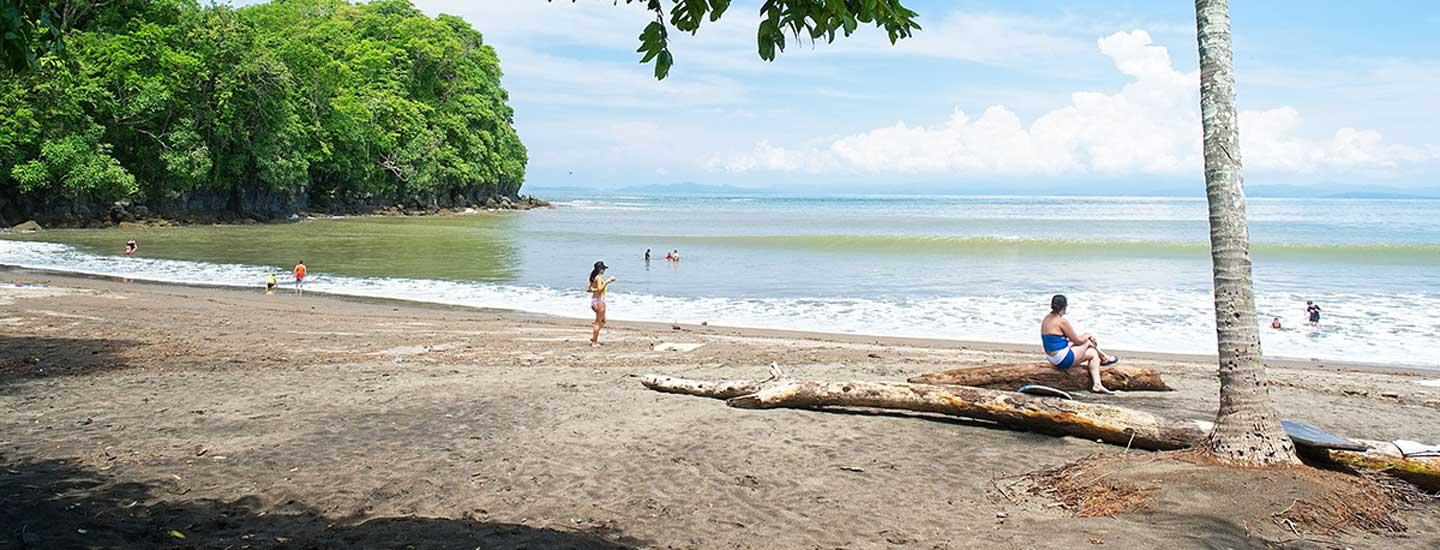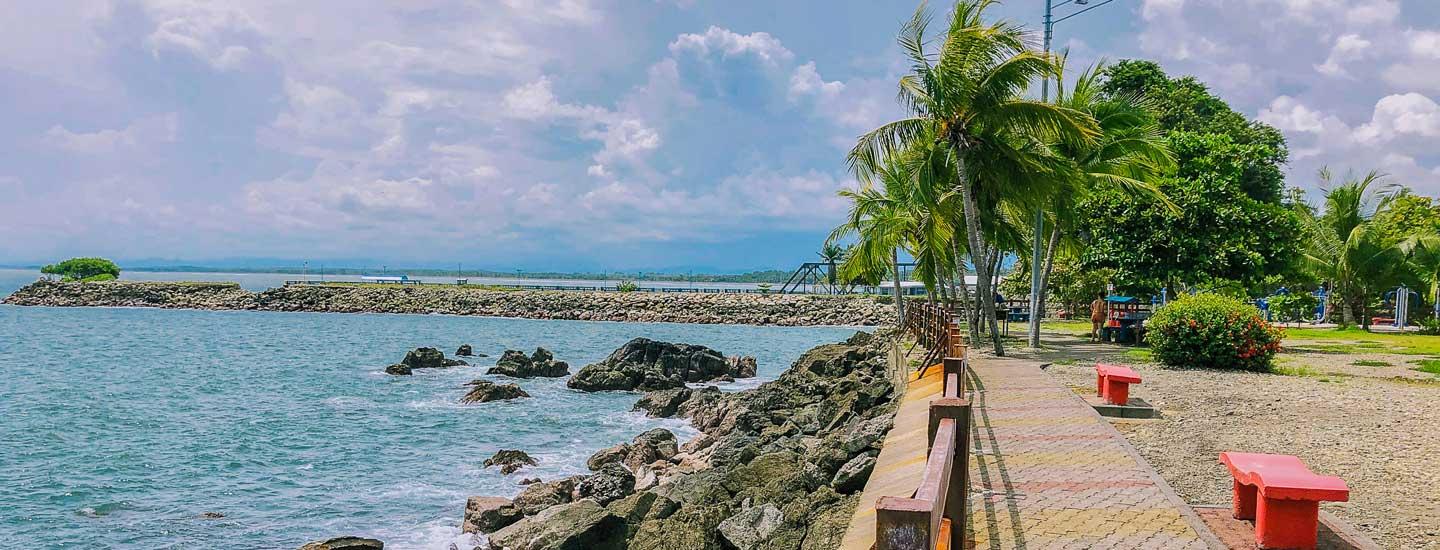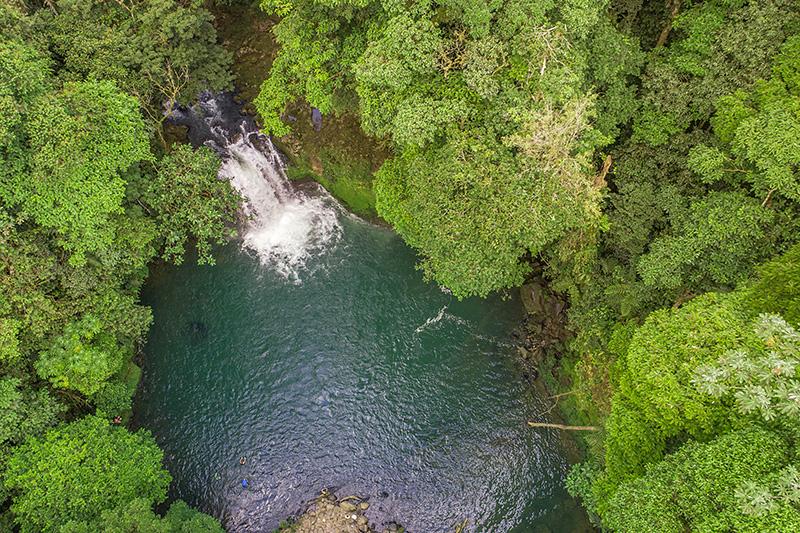about the region
The 33-square-kilometer Arenal Volcano, located 7 kilometers from La Fortuna, has been active since July 29, 1968. It has two different landscapes: one covered with lush vegetation that houses a variety of wildlife, and another rugged area of lava flow and sand as a result of constant eruptions. It is considered the main attraction in the area and can be viewed both during the day and at night to take advantage of its constant eruptions. In addition, this area is known for its hot springs, which provide a unique relaxing environment surrounded by local nature.
With its several protected areas, lakes, lagoons, volcanoes, rivers and waterfalls, the Northern Zone is undergoing a boom in tourism service and adventure site development, so that nature-loving visitors can enjoy the region’s many riches. Thanks to frequent rains, the Northern Zone features wet and evergreen forests as well as fertile plains—natural environments that serve as sanctuaries for water birds, reptiles, mammals and the prehistoric Gaspar fish, and important sites of interest for wildlife-lovers. Adventure activities and nature-watching may be enjoyed on the region’s rivers—Peñas Blancas, San Carlos, Toro, Puerto Viejo and Sarapiquí—some of which are important navigational routes.
Forming part of the region is the Sarapiquí canton, which, with its rich biodiversity, is recognized as a scientific research site and the last stronghold of endangered species such as the great green macaw. The region is famous for the turnos (outdoor parties or festivals) held in its towns, with bull riding and livestock auctions.
did you know...
Tourist and leisure companies in several communities have created facilities for adventure activities on suspension bridges, nature trails and canopy tours, including: La Fortuna, La Virgen and Puerto Viejo de Sarapiquí.
500 km of waterways to paddle
3 protected areas consisting of lakes, lagoons, volcanoes, rivers and waterfalls
exploring the Northern Plains zone
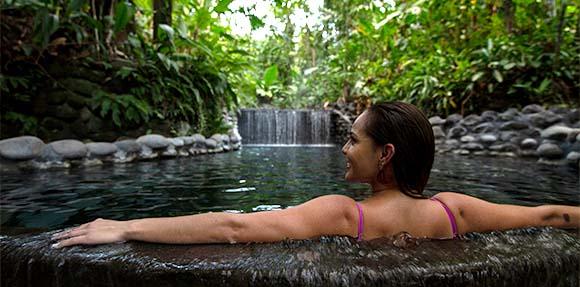
planning your trip to Northern Plains
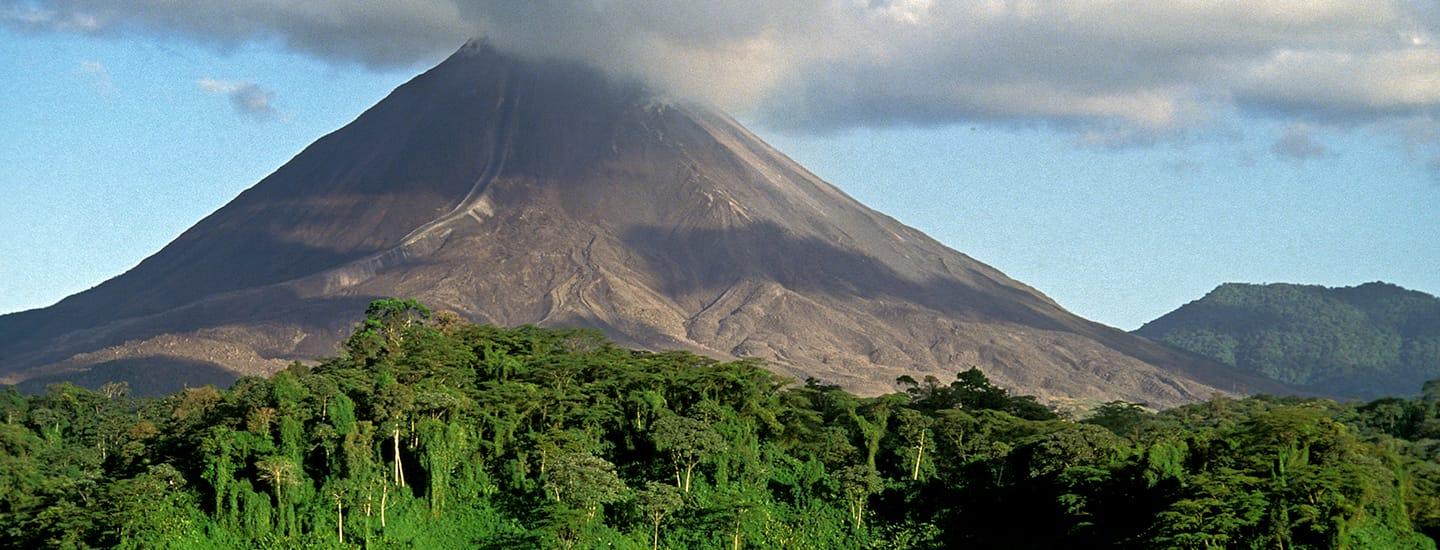
Northern Plains' top 10
La Fortuna is a town in the Northern Plains, home to the majestic Arenal Volcano and one of the most beautiful places in Costa Rica because of its natural and geological wealth and the wide range of tourist activities. The Arenal Volcano is an active volcano although its activity has significantly decreased since 2011. However, there continue to be two very different landscapes in its structure: a cover of dense, green vegetation, and another dominated by lava and sand of the last eruptions.
The hot waters from the Arenal Volcano are rich in minerals associated with health, so it is one of the most visited sites in the country for relaxing and enjoying an extraordinary natural landscape in the rainforest. There are several tourist developments that offer hot springs, but particularly noteworthy is the River Tabacon hot springs, which have an average temperature of 37 degrees Celsius and runs freely into the river.
Located on the southeast side of the volcano is Chato Hill which is an extinct volcano with an altitude of 1,140 m.s.n.m. Currently, in the crater you can see a greenish lagoon about 550 meters across, bordered by dense vegetation. To reach the lagoon you must walk an average of 5 hours in a narrow walk way, all worth the while to appreciate the beauty of the place. At the entrance to the main road to Chato Hill is the waterfall La Fortuna, one of the jewels of this place measuring 70 meters high and with pools for cooling off.
Near the village of Guatuso, along the Frio River is the Maleku Indigenous Reserve. Currently, the population has approximately 600 people, so you can visit some villages that preserve their culture, as in the case of El Sol, Margarita, and Tonjibe. In the area of La Fortuna there is also a small settlement that aims to show Maleku culture for tourism purposes and preserve their customs.
The Celeste River is one of the natural wonders of Costa Rica, formed from the union of two rivers with different mineral content from the slopes of the Tenorio Volcano, this gives the waters of this river a very particular blue color. The river is protected by the Tenorio National Park, which offers a trail of 7 kilometers surrounding the area, showing the main geological attractions, such as Teñideros, hot springs, the intense sky-blue waterfall, hot springs and fumaroles, between others.
A few kilometers from the center of La Fortuna is the country's largest artificial lake. Lake Arenal is an anchored dam between forests and mountains that is 87.8 square kilometers, and at an elevation of 546 meters above sea level, this lagoon is ideal for boat tours, kayaking, fishing tourism and water skiing; windsurfing and SUP, among others.
The Black Reed Wildlife Refuge is located north of Costa Rica adjacent to the border of Nicaragua. There is a wetland of about 10,171 hectares surrounded by its extensive biodiversity, especially for species migrating from January to March, which require areas like this to make their migrating tour successfully. It is an ideal site for bird watching; so many visitors choose to take boat trips on the waters of the Frio River to reach Black Reed. The village of Black Reed is small but offers all a tourist needs to explore the area.
The area of Bajos del Toro, located at 1,442 meters above sea level, conceals natural treasures, among them Toro Amarillo and Agrio River Waterfalls. The biggest of all are the Toro Amarillo Waterfalls, measuring 90 meters high, and is formed from the union of three rivers: Toro Amarillo River, Desagüe River and Agrio River (named for its lemony taste), all of which have water with high mineral content that makes the landscape a fairy tale scene. Its landscape is unique because it has a particular blend of rivers, waterfalls, hydroelectric projects, natural reserves, and agricultural landscapes.
Puerto Viejo de Sarapiqui is a typical riverbank community, surrounded by forests and agricultural plantations, featuring rural architecture and numerous hammock bridges. Sarapiqui River tours allow you to watch wildlife from the dock. This area also allows you to enjoy whitewater rafting. The Sarapiqui River is 84 kilometers long and connects with the San Juan River (bordering Nicaragua), Barra del Colorado and Tortuguero. Near the town of Sarapiqui you can find the Vara Blanca and Cinchona communities, which offer the traveler very beautiful rural landscapes combined with dense vegetation. Imposed within its lush forest are a series of beautiful waterfalls culminating with the La Paz Waterfall.
Following the road bordering Lake Arenal one can locate along the way the little green lagoon Cote or Coter, standing at approximately 680 meters above sea level. Although the distance appears short, it has a diameter of 1 kilometer and its geological features has made several Costa Rican scientists believe that could be a crater of an extinct volcano. Currently, it is has a recreational and tourist use, offering boat trips and artisanal fishing.






